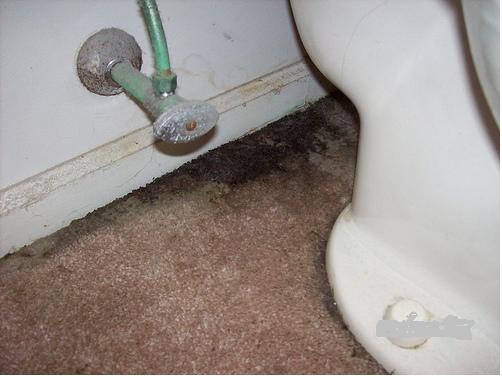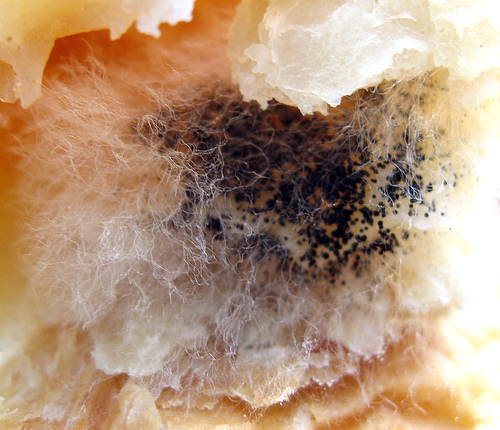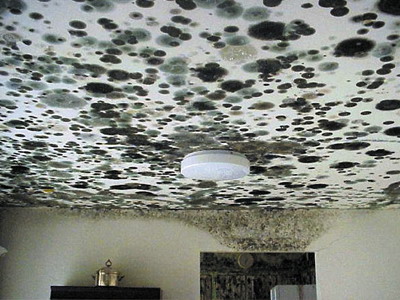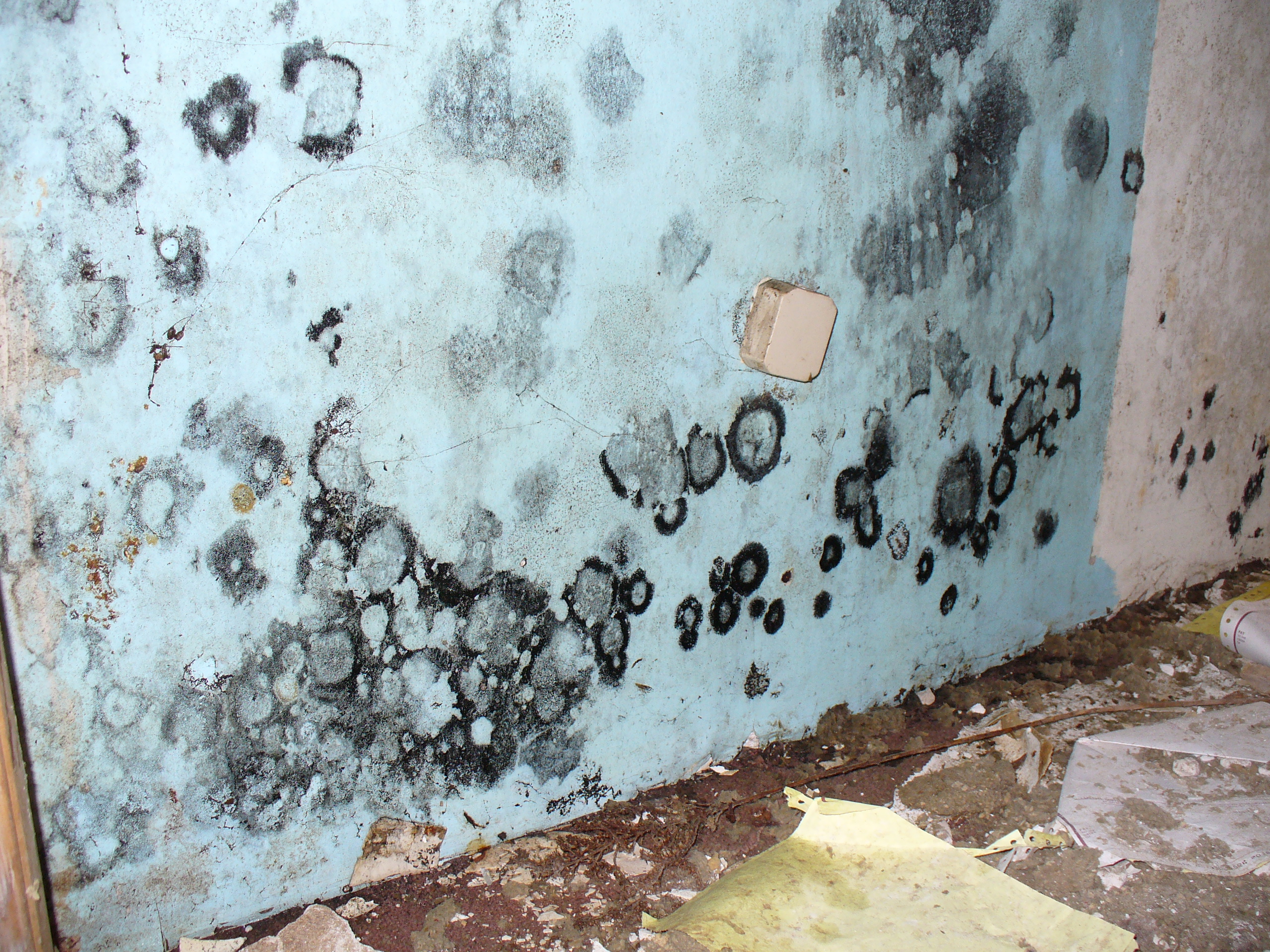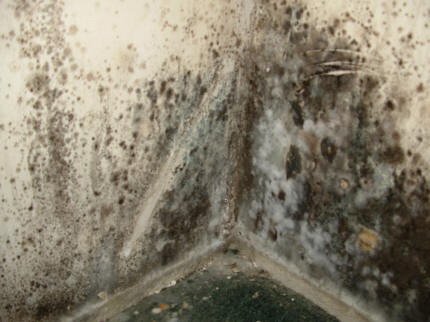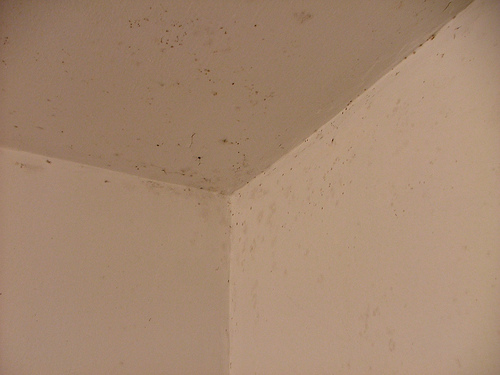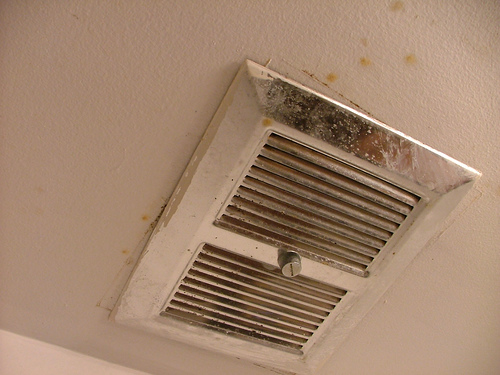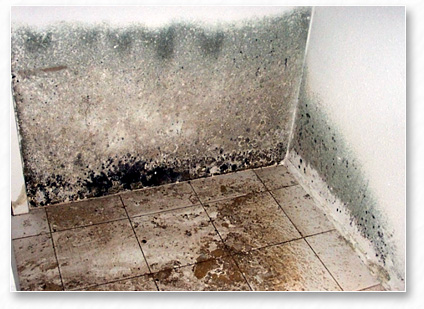What is Mold
Mold is found almost every place on earth and has been a problem since ancient times. In recent years, mold has become more of a problem, not because it has become more widespread but because awareness and knowledge about mold has increased.
Molds are part of the natural environment. Molds are fungi that can be found anywhere - inside or outside - throughout the year. About 1,000 species of mold can be found in the United States, with more than 100,000 known species worldwide.
Outdoors, molds play an important role in nature by breaking down organic matter such as toppled trees, fallen leaves, and dead animals. We would not have food and medicines, like cheese and penicillin, without mold.
Indoors, mold growth should be avoided. Problems may arise when mold starts eating away at materials, affecting the look, smell, and possibly, with the respect to wood-framed buildings, affecting the structural integrity of the buildings.Molds are usually not a problem unless mold spores land on a damp spot and begin growing. They digest whatever they land on in order to survive. There are molds that grow on wood, paper, carpet, foods and insulation, while other molds feast on the everyday dust and dirt that gather in the moist regions of a building.
When excessive moisture or water accumulates indoors, mold growth often will occur, particularly if the moisture problem remains uncorrected. While it is impossible to eliminate all molds and mold spores, controlling moisture can control indoor mold growth.
All molds share the characteristic of being able to grow without sunlight; mold needs only a viable seed (spore), a nutrient source, moisture, and the right temperature to proliferate. This explains why mold infestation is often found in damp, dark, hidden spaces; light and air circulation dry areas out, making them less hospitable for mold.
Molds gradually damage building materials and furnishings. If left unchecked, mold can eventually cause structural damage to a wood framed building, weakening floors and walls as it feeds on moist wooden structural members. If you suspect that mold has damaged building integrity, consult a structural engineer or other professional with the appropriate expertise.There are more than 100,000 types and species of mold, some of which are harmless, and some, which can cause serious health problems. The most common categories of mold, which can be detrimental to your health, are:
Allergenic Molds: These types of molds contain allergens, which can cause allergies in humans. People, who have asthmatic problems, and also those with weak immune systems, can be susceptible to allergies due to allergenic molds.
Pathogenic Molds: Such types of mold can cause severe health problems in people who are undergoing chemotherapy, people who have HIV, and those who have weak immune systems. It is best to get pathogenic molds removed from your house by a professional, and not try to do it on your own.
Toxic Molds: Molds which produce harmful toxins are known as toxic molds. Toxic molds are very rare and are known to cause grave health problems, including death in rare circumstances. If toxic mold is present in your home, you should get it removed by a professional as soon as possible. The two main types of toxic mold are:
1) Stachybotrys: This type of mold is more popularly known as the black mold. It is a contaminant, which is found on wet cellulose type materials, and causes harmful effects to health of people and animals. One strain of stachybotrys is known to produce a poisonous toxin that is fatal to animals, whereas another type is known to be fatal to infants by causing bleeding lungs. Stachybotrys is also responsible for many other adverse health reactions in humans. This type of mold often grows at the back of walls and under ceilings, and is usually difficult to spot because of its hidden growth and also as it is not easily discovered by regular air sampling. Thus, stachybotrys has immense potential for harm to health as it goes unnoticed and can thus keep producing lethal toxins without being discovered.
2) Memnoniella: This type of mold is another contaminant, which is mostly found along with Stachybotrys on wet cellulose type materials such as paper, cotton, and wood products. Some types of memnoniella mold develop toxins which are very much like those formed by stachybotrys and can be equally harmful to health of humans and animals.
- Common Indoor Molds: Of the many different types of molds that are found in homes, the following are the most common ones:
1) Alternaria: This type of mold is not just commonly found in homes in the US, but is the most common type of contaminant found across the globe. It is also found on plants and soil, and is a type of allergenic mold. Alternaria causes allergies, and if inhaled by people, could result in hay fever, asthmatic reactions, and other allergies.
2) Mucor: This type of mold is found in soil and animal droppings, but is also commonly present in household dust. Mucor can cause lung infections in people who have weak immune systems.
3) Penicillium: This type of mold is found in the soil, in food, indoors dust, and decaying food materials. The mold that forms on bread is an example of penicillium. It is an allergenic mold, which can cause allergies in people, but certain species are also known to be toxic in nature.
4) Aspergillius: This is an allergen and can cause hay fever, asthmatic reactions, and lung infections. It usually does not affect people with strong immune systems, but it does produce some harmful toxins that can even be fatal for those with weak or compromised immune systems.
If you have discovered any kind of toxic mold in your home, which was not disclosed at the time of buying or renting the home, and have suffered any illness due to it, them you may be entitled to certain damages. Consult with a personal injury lawyer to know more about your right.
Common mold allergy symptoms include, but are not limited to:
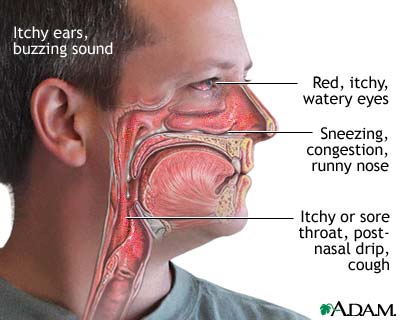
- Sneezing.
- Chronic cough.
- Runny nose.
- Nasal congestion.
- Itchy, watery and red eyes.
- Skin rashes and hives.
- Sinus headaches.
- Reduced lung capacity and difficulty breathing.
While the symptoms of breathing Toxic Mold are much more serious:
- Coughing up blood.
- Nose bleeds.
- Dizziness.
- Nausea, vomiting and diarrhea.
- Chest congestion.
- Difficulty breathing.
- Anemia.
- Skin rashes.
- Forgetfulness and memory loss.
- Pulmonary hemorrhage.
- Death.
Here some photos
